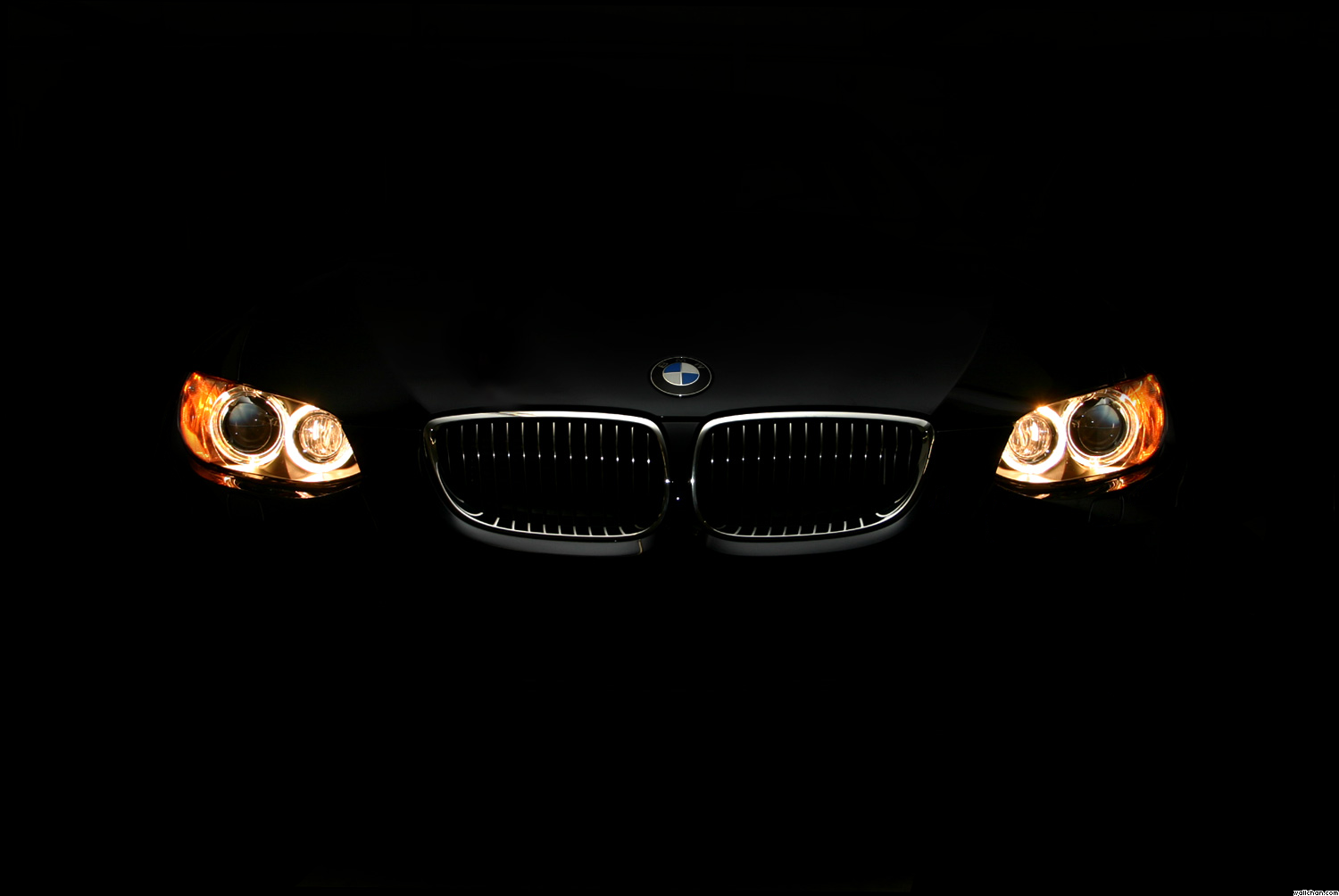When you see a car with anthropomorphic features like eyes and a mouth, it often brings to mind popular animated films and merchandise. This raises an interesting question: are cars’ eyes copyrighted? Understanding the legalities surrounding this topic is crucial for artists, designers, and businesses looking to incorporate similar designs into their work.
Understanding Copyright Law
Copyright law is a form of intellectual property protection that grants creators exclusive rights to their original works. These rights cover various forms of expression, including literature, music, and visual arts. The primary goal is to encourage creativity by ensuring that creators can control and benefit from their work.
Transition words: Firstly, it’s important to note that copyright protects the expression of ideas, not the ideas themselves. This means that while the concept of a car with eyes isn’t copyrighted, a specific depiction of it could be.
The Depiction of Cars with Eyes in Media
Animated films like Disney-Pixar’s Cars franchise have popularized the image of vehicles with human-like features. These characters are distinct, with unique designs and personalities that are protected under copyright law.
For example, Lightning McQueen and Mater are characters whose specific designs and expressions are copyrighted. Using these exact designs without permission would infringe on Disney-Pixar’s intellectual property rights.
Are Cars with Eyes Copyrighted?
The question remains: are generic cars with eyes copyrighted? In general, the mere idea of placing eyes on a car is not subject to copyright. However, if the design closely resembles a copyrighted character or artwork, it could be considered infringement.
Moreover, if the car with eyes is portrayed in a unique way that qualifies as an original work, that specific depiction can be copyrighted by its creator. This means that while you can create your own version of a car with eyes, it must be distinctly different from existing copyrighted works.
Legal Cases and Precedents
There have been instances where companies have taken legal action to protect their intellectual property. For instance, Disney has been known to enforce its copyrights aggressively.
However, there is limited public record of legal cases specifically involving cars with eyes. This suggests that while the concept is popular, legal disputes are rare and typically revolve around clear cases of infringement involving direct copies of protected characters.

Implications for Artists and Designers
Artists and designers need to be cautious when creating works that feature cars with eyes. To avoid legal issues, it’s essential to ensure that your designs are original and do not closely mimic existing copyrighted characters.
Additionally, obtaining permission or licensing agreements when using copyrighted material is a prudent approach. This not only safeguards against legal repercussions but also supports the rights of original creators.
How to Use Car Images Without Infringing Copyright
If you’re looking to use images of cars with eyes, consider the following steps:
- Create Original Designs: Develop unique characters that do not resemble existing ones.
- Use Public Domain Resources: Utilize images and designs that are free from copyright restrictions.
- Obtain Licenses: If you wish to use a specific design, seek permission from the copyright holder.
By following these guidelines, you can use car images creatively while respecting intellectual property laws.
So, are cars’ eyes copyrighted? The idea itself is not, but specific depictions can be. Ultimately, it’s crucial to differentiate between general concepts and protected expressions. By understanding copyright laws and respecting existing works, you can confidently create and use designs featuring cars with eyes.
Frequently Asked Questions
Q1: Can I draw a car with eyes for my personal project?
Yes, as long as the design is original and doesn’t copy a copyrighted character, you can create a car with eyes for personal use.
Q2: Is it illegal to sell merchandise featuring cars with eyes?
If the design infringes on existing copyrighted characters, selling such merchandise could be illegal. Always ensure your designs are original or properly licensed.
Q3: How can I tell if a design is copyrighted?
Research the character or design to see if it’s associated with a trademark or copyright. When in doubt, consult legal resources or professionals.
Q4: Are there any public domain resources for cars with eyes?
Public domain resources are limited for such specific designs. Creating your own original work is often the best approach.
Q5: What should I do if I receive a copyright notice?
Consult a legal professional to understand your rights and obligations. Cease using the disputed material until the issue is resolved.
Key Takeaways
- Copyright protects specific expressions, not general ideas.
- Creating original designs is essential to avoid infringement.
- Disney-Pixar’s characters from Cars are copyrighted and cannot be used without permission.
- Legal cases are rare but can have serious consequences.
- Always consider licensing or obtaining permission when necessary.
Real-World Example: An independent artist created a series of illustrations featuring cars with eyes. By ensuring each car had unique features and did not resemble any existing characters, the artist was able to sell their work without legal issues.
External Links:
- U.S. Copyright Office – Official government resource on copyright laws.
- World Intellectual Property Organization – Information on international intellectual property laws.
- Stanford University Copyright & Fair Use – Educational resource on copyright and fair use.
By understanding and respecting copyright laws, creators can innovate without infringing on the rights of others. Are cars’ eyes copyrighted? Not in general, but caution and originality are key.
Read More: Understanding Copyright Infringement and How to Avoid It

Jonathan Hartley is a highly regarded senior criminal lawyer with over 15 years of experience in the UK legal system. He began his career at a prestigious law firm in London, where he specialized in both defense and criminal law. Known for his ability to craft compelling defense strategies, Jonathan has successfully represented clients in high-profile cases and earned multiple awards for his contributions to the field of law.
In addition to his legal practice, Jonathan is also an accomplished legal writer, contributing articles to top legal blogs and online platforms. His work not only provides valuable insights into legal matters but also meets Google’s E-E-A-T standards by delivering accurate, reliable, and trustworthy information to readers. Committed to legal ethics and public welfare, Jonathan actively participates in discussions on law and justice while educating the public through his writing.










